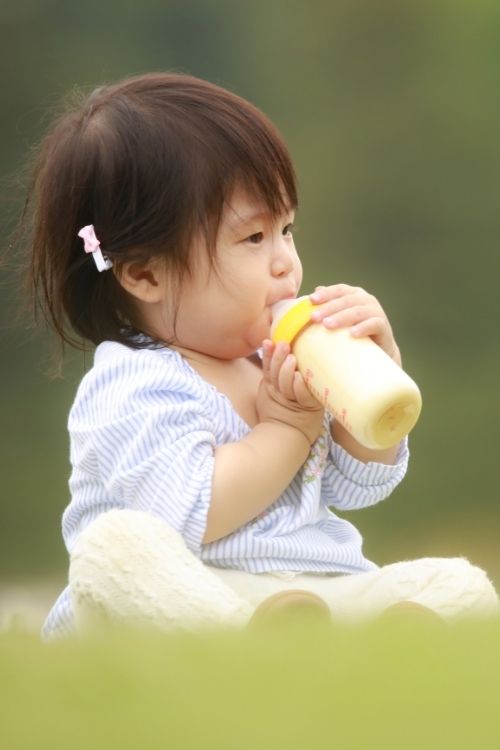I have to be honest, babies are expensive. When I was getting ready for my firstborn daughter, I remember being completely overwhelmed by all the baby stuff—100 options for everything from cribs to car seats.
And then came the bottles. Who knew something so small could raise so many questions? Among the big ones: Are second-hand baby bottles safe?
If you’re like me, you’ve probably wondered the same thing. Let’s break it down so you can make the best decision for your little one without losing sleep (because you’ll need every minute of it).

What Are the Risks of Using Second-Hand Bottles?
Ah, the big one: “What’s the worst that could happen?” Well, let’s break it down.
Old Materials
Plastic and silicone don’t last forever. Over time, they can crack, warp, or even start leaching harmful chemicals like BPA—especially when exposed to heat. This isn’t just a random worry; research has shown that endocrine-disrupting chemicals (EDCs) like BPA can interfere with hormone systems, which is particularly concerning for babies.
Want the science behind it? Check out this resource from the Endocrine Society: Harmful Chemicals and Their Impact on Hormones. It explains how these chemicals can affect development and why it’s crucial to avoid them in baby products.
Hygiene Issues
Even if a second-hand bottle looks squeaky clean, it could be hiding bacteria or mold in tiny crevices. And let’s face it, no amount of scrubbing is worth the risk of introducing germs into your baby’s milk.
How to Tell If a Second-Hand Bottle Is Safe to Use
Here are my personal go-to rules for second-hand bottles—and I think you might find them handy too.
Never use a bottle if:
- It’s chipped, cracked, or looks like it’s been through a war.
- The measurement markings are faded.
- The attachments (nipples, collars) don’t fit snugly, wobble, or just feel off.
- The glass looks cloudy, scratched, or, worse, like it’s been sunbathing (a.k.a., brown or discolored).
- You have no idea what the bottle was used for before (because mystery liquids are never a good sign).
Remember: Do a quick Google search to see if the brand or model has been recalled. It’s an easy way to avoid potential safety issues.
For more tips on what baby items are safe to reuse (and what should always be bought new), check out this guide from NCT: How to Reuse Baby Items and What to Buy New.
How to Clean Second-Hand Bottles the Right Way
Cleaning isn’t just about washing—it’s about making sure your baby isn’t sipping on any leftover surprises. Here’s your game plan:
Wash and sterilize: You already know the drill—hot water, soap, and maybe a little sterilizer action.
Swap out the parts: Always replace nipples, rings, and valves with new ones. They’re cheap, easy to find, and make a world of difference.
Do the smell test: If it still smells funky after cleaning, it’s a no-go. Better to be safe than sorry.
Where to Find Second-Hand Bottles?
Need second-hand bottles but not sure where to start? Try these options:
Ask Your People: Hit up your friends or family. They’re the best bet because you know their lifestyle and how they care for their stuff. Plus, who doesn’t love free?
Buy Nothing Project: This community-based movement lets you score gently used baby items (like bottles) for free from neighbors. It’s great for your budget and the planet. Learn more or find a local group at Buy Nothing Project.
So, Are Second-Hand Baby Bottles Safe?
The short answer? They can be.
If you give them a solid inspection, sanitize them properly, and replace any worn-out parts, second-hand bottles can save you money and reduce waste. But if it still doesn’t sit right with you, no worries—there are plenty of affordable new options out there that’ll do the job just as well.